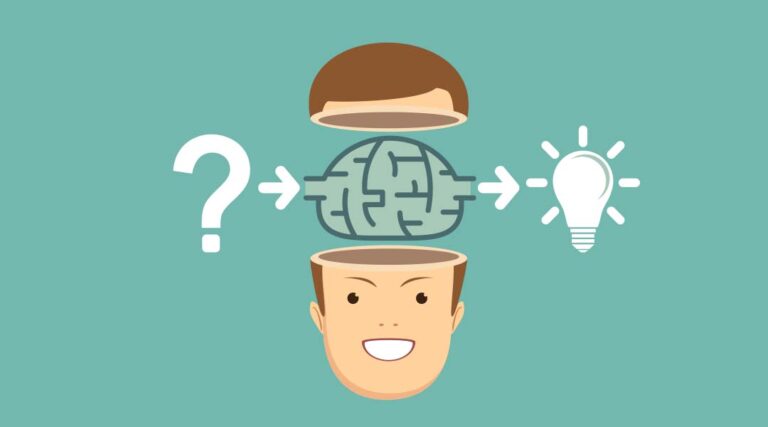
If you’ve ever been plunged into angst around the question “what’s next”, the latest version of GitHub Desktop might be able to help.
In a blog announcing GitHub Desktop 1.6 this week, desktop engineering manager Neha Batra said “we’re addressing the question we constantly ask ourselves after we finish a task: ‘What’s next?’. This is the first iteration intended to keep you in your groove so that you can share your code with your team as quickly as possible.”
What sort of groove are we talking about? Well, moving forward, maintaining momentum, that sort of thing. Even when you can’t immediately think of what to do.
Or as Batra puts it, “Often, we’ve seen users struggle with how they should use the app when there are no changes. What state is my repository in? What should I do next? Should I publish my branch or pull new changes from GitHub? How do I view my files?”
So, to avoid the possibility of a blank slate and the possible onset of ennui, GitHub Desktop will suggest next steps, based on your last actions. So, if you’ve just committed, it’ll reason that you may want to push your branch to GitHub, while it might suggest pulling down the most recent changes when you’re picking up a new project.
This is part of a broad effort which includes a new onboarding workflow which aims to help new users add their first repository.
A more tangible improvement is addressing GitHub’s restriction on files over 100MB, which Batra describes as a “pain point”. The pain won’t be removed completely, but if you do try and commit a large file via Desktop, you’ll get an alert, and the option to back out, or head to Git Large File Storage.
You can see the full release notes for Desktop 1.6.0 here.
The efforts to make GitHub Desktop easier to use comes amidst a flurry of activity from the company under its new owners, Microsoft. Last week the vendor sparked alerts GitHub was becoming a social network, with the addition of status options in user profiles, along with, the horror, emojis.
